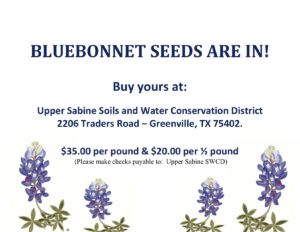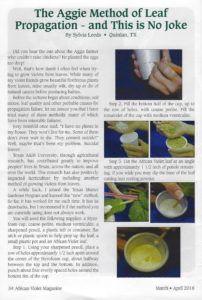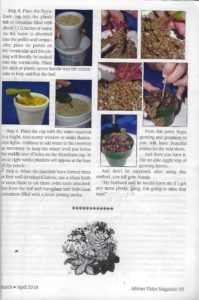Using Rose Hips by June Morgan, Hunt County Master Gardener.
After the wonderful aroma of roses is over in the house, the petals have done their job of being tossed in weddings, and the bare stems are bereft of their former glory, one is tempted to trim away the ugliness. But wait, there is more to come; that is making use of the rose hips, the small round seed pods left on the flower stem after the petals have dropped.
While several species of Rosaceae can be used, it is the Rosa Canina (the wild dog rose), and Rosa Rugosa that are the most popular for both foragers and cultivators. They have been used for centuries for their food and medicinal properties. The plants are prickly climbers with white or pink flowers appearing in early summer, but the hips are not to be harvested until they are ripe and have turned red-orange. If left too long after a frost, they may start to rot, so to be ahead of the game, and to mimic a frost, they should be picked when still hard and put in the freezer for 24 hours.
To prepare the fruit for eating while they are fresh, wash them, cut off the stem and blossom ends, cut the hips in half and remove the inner seeds manually (as the small hairs inside are irritating to the bowel). After cooking in water and straining, the juice can be used for jams, jellies, syrup and in various other recipes such as wine or they can be frozen for up to a year. Drying is the easiest way to preserve them and is less labor intensive. They can be dried in the sun on newspapers, or to protect them from the birds, in the oven or food dehydrator at 110 degrees for about 5-6 hours. Then grind them in a food processor just until they are chopped into medium size bits, not so small that they will fall though a mesh strainer where it can be shaken until the hairs separate and fall away. The hips can be stored in jars or in the freezer until needed.
To use the dried hips, simply cover them in a pot with water and simmer until soft. They can be used with other fruits such as cranberries or as flavoring in cakes, etc. For tea, put 1-2 teaspoons of the dried hips into a tea pot, let it steep for 15-20 minutes and strain into a cup. The taste will resemble that of apples with the tartness of crabapples. This makes a wonderful winter-time drink and a tasty addition to your natural apothecary.


